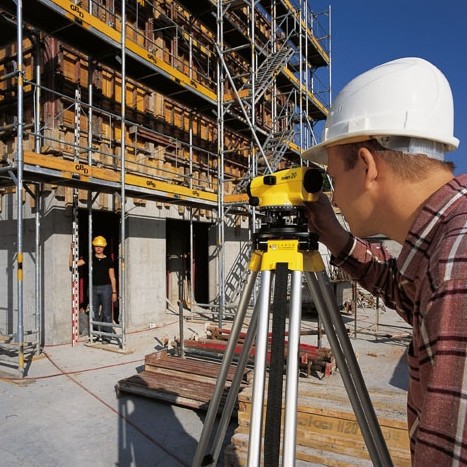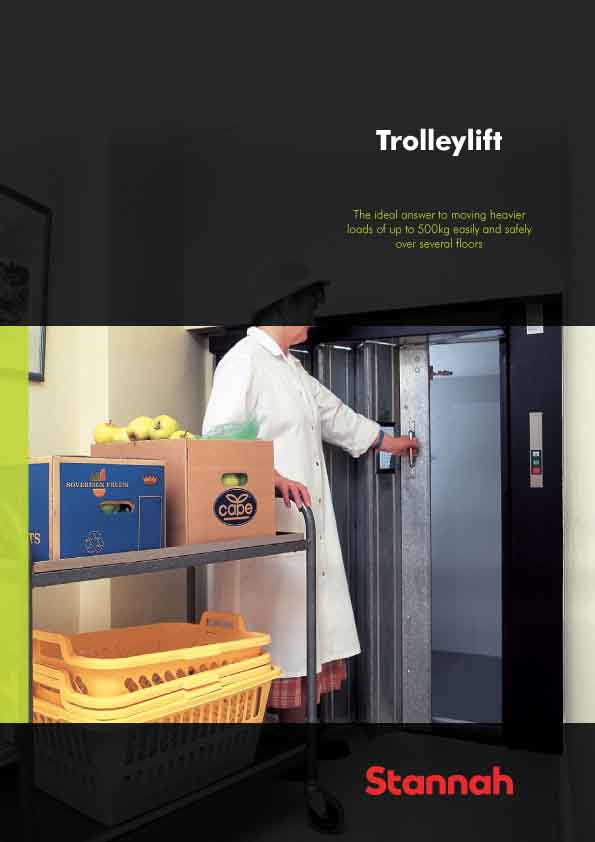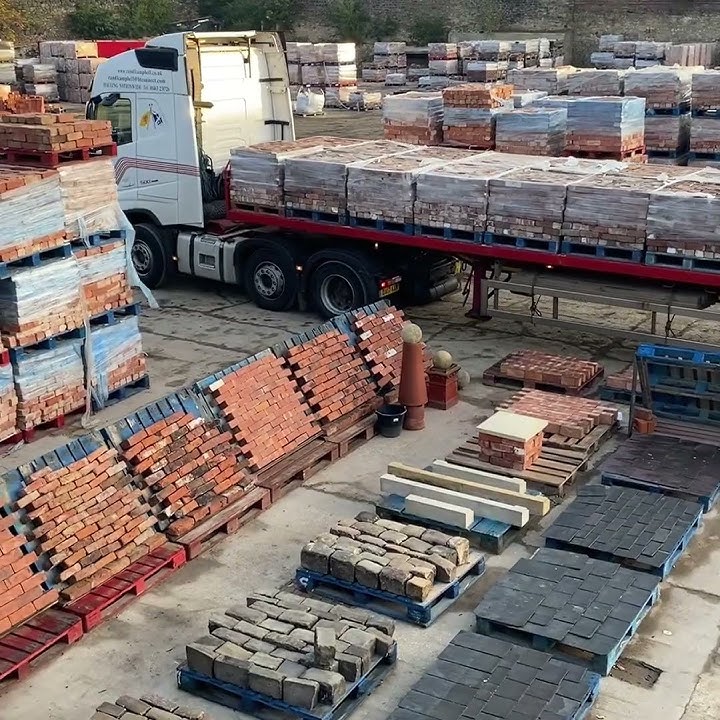
The Glenigan Index, which covers the value of projects starting on site from December 2013 to February, is 10% higher than a year ago - driven by continued rises in new infrastructure and private non-residential starts.
The recent flooding is likely to have a negative impact on the UK economy, especially due to disruptions across transport networks and some business closures in affected areas. New housing appears to be among the affected sectors with conditions appearing to delay new site openings.
However, later in 2014, it will cause a small rise in repair and maintenance work, and has already acted as a spur for work to repair and strengthen rail infrastructure in the South East and South West of England.
The monthly Glenigan Index is based on extensive research of every construction project starting in the UK over the previous three-month period and provides an indicator of developing activity in the industry.
Commenting on the figures, Allan Wilén, Economics Director at Glenigan, said: “Private sector investment is main driver behind the latest 10% rise in construction project starts. Glenigan has recorded growth in the commercial & industrial property sectors that will feed through as higher industry workload during 2014 and 2015. Civil engineering also remains a hot spot, due to increases in infrastructure and utilities work.”
He added: “In contrast, the strong growth in housing project starts seen during 2013 lost momentum over the three months to February. The extreme weather conditions experienced over the winter months appears to have hampered the opening of some new sites and we anticipate a rebound in project starts during the spring as conditions improve.
“Longer term recent events will generate additional repair work to flooded homes and business premises as well increased investment in flood defenses.”
Activity in the office sector continues to see rapid rates of expansion, with project starts up by 52% compared to a year ago.
Industrial project starts grew by 16%, as manufacturing output and investment into new capacity increase, while retail starts were just below levels seen a year ago.
The hotel and leisure sector has recently lagged growth in other sectors, as doubts remain about when improving economic sentiment will translate into higher discretionary spend on travel and leisure. However the three months to February saw a return to growth in the sector, with starts up by 21%.
The private housing sector saw starts up by 5% in the three months to February 2014 relative to the same period of 2013. Yet this growth was offset by a 15% decline in social housing starts, with an overall 2% decline in the Glenigan residential index.
In the sectors most dependent on public funding, activity remains subdued. Starts of health projects fell by 43% compared to a year ago, following a 10% fall during 2013 as a whole. Starts of community and amenity projects rose by 3%, following a flat 2013 for the sector.
The education sector saw strong growth of project starts during 2013, rising by 17% over the year as a whole. However new activity slowed over the latest three month period, with starts flat on a year ago.
Continuing the theme seen in the final quarter of 2013, further strength in the starts of new civil engineering projects was the major driver of growth in the Glenigan Index. The value of underlying infrastructure starts was 64% higher than a year ago during the three months to February 2014, with accompanying growth in the utilities sector of 45% compared to the same period in 2013.
Strong growth in project starts in the three months to February is likely to impact positively on levels of activity across the UK. Only the West Midlands and Yorkshire and the Humber saw new project starts lower than a year ago, with the comparative decline in the former due to significantly above average levels of activity seen in the same three-month period of 2012.
The rise in civil engineering activity has been a key driver of this widespread growth, with only Yorkshire and the Humber and the North East experiencing falls in civil engineering starts during the three months to February.




















